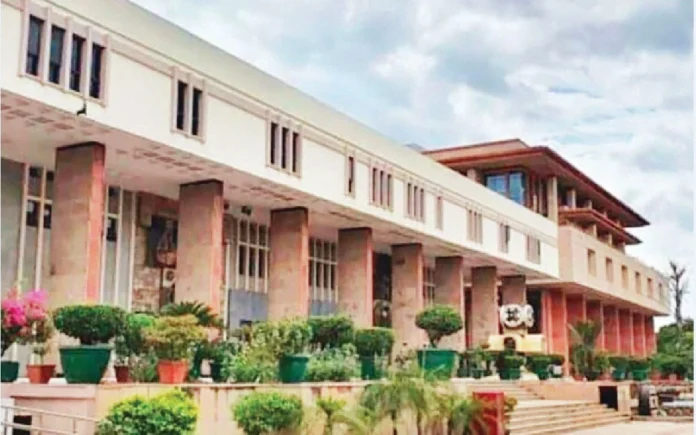By Sanjay Raman Sinha
In a landmark judgment that has sent shockwaves through India’s music and film industries, the Delhi High Court has imposed a Rs two crore penalty on Oscar-winning composer AR Rahman for alleged copyright infringement.
The ruling pertains to his song Veera Raja Veera from Mani Ratnam’s film Ponniyin Selvan 2, which the Court found to be a copy of Shiva Stuti, a classical composition by the renowned Dagar brothers, Nasir Faiyazuddin Dagar and Nasir Zahiruddin Dagar.
The Court ruled in favour of Ustad Faiyaz Wasifuddin Dagar, a Padma Shri awardee and the legal heir to the composition, concluding a two-year-long legal battle that began in 2023. The ruling mandates updated music credits across all OTT platforms and recognizes the Dagar family’s exclusive ownership over the original composition.
A Battle Over Notes And Ownership
Rahman and the film’s production house, Madras Talkies, denied wrongdoing, claiming that Shiva Stuti is based on a 13th-century composition by Narayana Panditacharya and falls within the public domain. They maintained that their version was merely “inspired”.
But the Court was unconvinced. It concluded that the musical similarities between Veera Raja Veera and Shiva Stuti were far too specific to be coincidental or generic.
According to India’s Copyright Act, 1957, while ragas and taals remain in the public domain as foundational musical frameworks, specific creative expressions within them—such as original arrangements and emotional compositions—are protected works.
Echoes From The Past
This is not the first time India’s music legends have clashed over ownership and originality. In 2020, veteran composer Ilayaraja served legal notice to singer SP Balasubrahmanyam, asserting his rights over songs under the Copyright Act. The debate over ownership versus performance rights has long simmered beneath the industry’s surface.
Even earlier, Lata Mangeshkar’s fight for singer royalties in the 1960s eventually led to the formation of the Indian Singers’ Rights Association. That movement changed the game for vocalists. This ruling could be a similar turning point for composers—especially those from classical traditions who have historically been excluded from the industry’s profit structures.
Redrawing The Royalty Roadmap
What’s significant in the Dagar-Rahman case is that the Court has drawn a clear line: creative composition is protected, even if built on ancient frameworks like ragas. It challenges the long-standing industry practice of using traditional or folk music as “inspiration” without formal credit or compensation.
The ruling is expected to shake up music production contracts, especially for films, streaming platforms, and fusion artists who blend folk, classical, and electronic sounds. With retrospective credits and liabilities now in play, producers and music labels may need to reassess their entire catalogues.
Risk And Reputation In The Age Of Streaming
This legal setback for Rahman comes at a time when his music is celebrated globally, making the controversy all the more jarring. His fans are divided—some defend his legacy, while others argue that genius must still follow the law.
But beyond individual reputation, the court’s ruling underscores the increased liability for OTT platforms, who may now need to retroactively update metadata, credits, and licensing terms. The message is clear: streaming is no safe harbour for copyright lapses.
Originality, Or Else
Perhaps the most lasting effect of this judgment will be a cultural one. The era of uncredited borrowing—from classical works or folk archives—is being brought to an end by judicial scrutiny. For today’s top composers, the takeaway is stark: stay original, stay legal.
In recognizing the Dagar brothers’ creative rights, the Court has not only protected a piece of India’s classical heritage, but has also redrawn the ethical and legal boundaries for an entire industry.
The Verdict’s Broader Implications
- Reaffirms that classical compositions can enjoy copyright protection.
- Shifts liability to producers and platforms to credit and compensate original creators.
- Encourages traditional artists to formally register their works.
- Forces a rethinking of music licensing practices, especially for film and streaming.
In the end, this is not just a cautionary tale for AR Rahman. It’s a watershed moment for India’s music industry—a bold reminder that inspiration, however noble, must come with acknowledgment. And that the notes of a raga may be shared, but the soul of a composition belongs to its creator.


